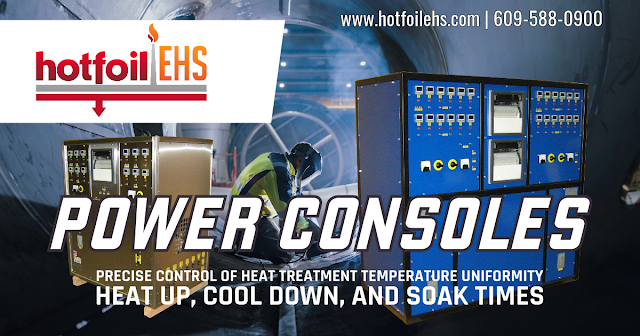In metal fabrication and construction, welding is a pivotal process that ensures the robustness and durability of metal structures. It's more than just joining metals; it's about ensuring the joint can withstand stress and last long. This is where the role of heat treatment becomes indispensable. Heat treatment power consoles are paramount among the various tools used for this purpose.
What is a Heat Treatment Power Console?
Like those in the provided image, heat treatment power consoles are devices designed to control heat application to metals during post-weld heat treatment (PWHT). They come with a range of switches, dials, and connectors that allow operators to set specific temperatures, monitor heat levels, and control the duration of the treatment.
Why is Heat Treatment Necessary?
After welding, metals often undergo structural changes at their molecular level. These changes can lead to internal stresses, reduced ductility, and increased brittleness. Heat treatment, therefore, becomes essential to:
- Relieve internal stresses.
- Improve mechanical properties like tensile strength and ductility.
- Reduce the risk of corrosion.
- Enhance the overall lifespan of the weld.
The Significance of Power Consoles
- Precision Control: With a power console, operators can precisely control the temperature to which the metal is exposed, ensuring that the metal undergoes optimal heat treatment, neither too much nor too little.
- Uniform Heating: These consoles provide consistent and uniform heating across the welded area, which is crucial as uneven heating can lead to new stresses or distortions.
- Safety: High-quality consoles come with safety features like overheat protection and alarms, ensuring the safety of the equipment and the operator.
- Documentation & Monitoring: Modern power consoles may offer features like data logging, allowing operators to monitor the heat treatment process closely and maintain records for quality assurance.
Impact on Metal Fabrication & Construction
In industries like metal fabrication and construction, where the integrity of welds is critical, heat treatment power consoles play a defining role.
- They ensure that large structures like bridges, skyscrapers, and pipelines remain durable and safe.
- In the automotive and aerospace industries, where the precision of welds is crucial, these consoles guarantee that parts can withstand intense pressures and stresses.
Conclusion
Welding, though a fundamental process, comes with its set of challenges. The post-weld molecular changes in metals can compromise the quality of the weld. However, these challenges are effectively addressed with tools like heat treatment power consoles. By ensuring the robustness of welds, these consoles contribute significantly to the longevity and safety of metal structures in various industries. The next time you witness a magnificent metal structure, remember the unsung hero behind it - the heat treatment power console.
https://hotfoilehs.com
609-588-0900












